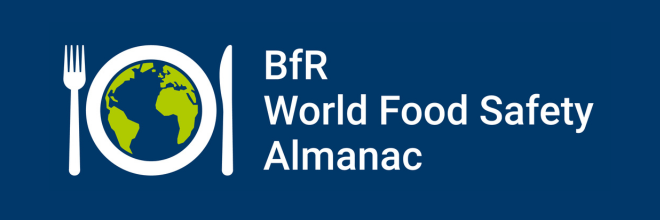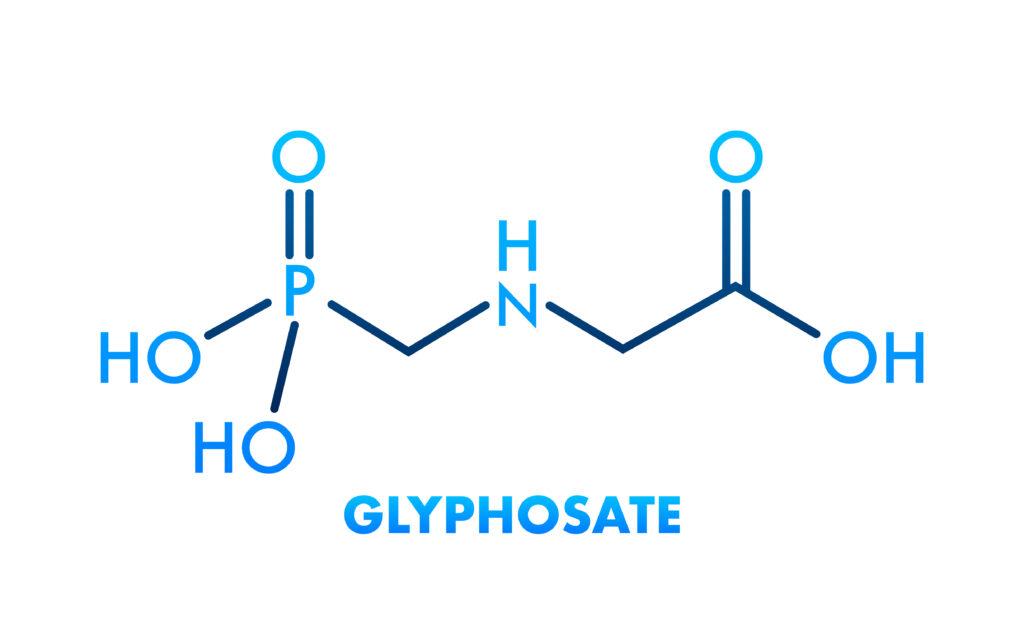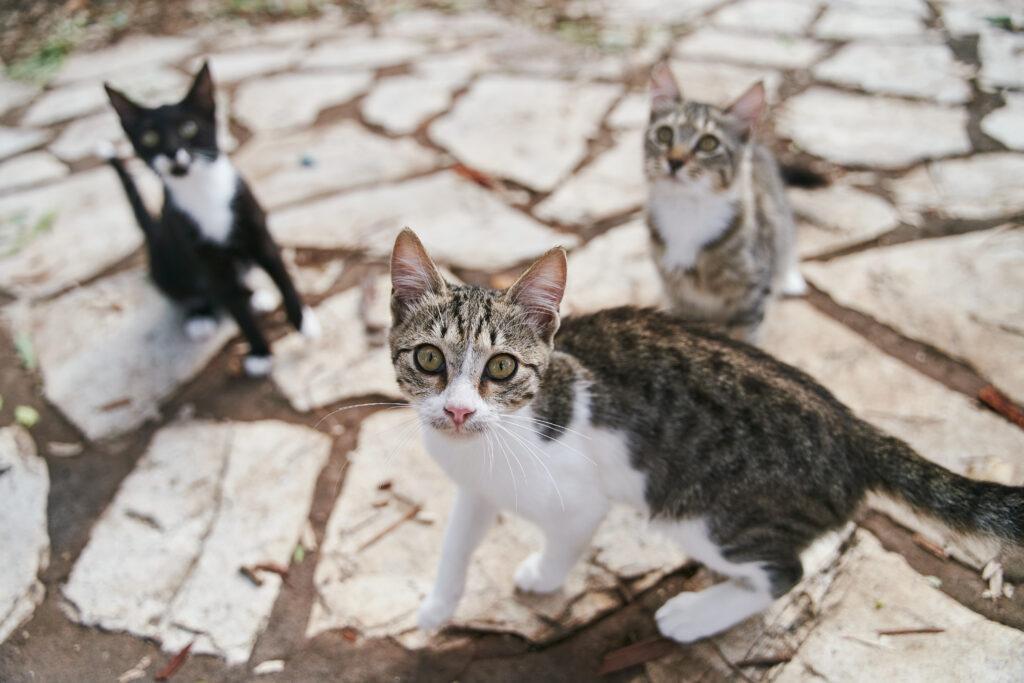World Food Safety Almanac website relaunched

The World Food Safety Almanac website, created by the German BfR (Bundesinstitut für Risikobewertung), has been relaunched.
Glyphosate risks and its reevaluation

Glyphosate has been the most widely used herbicide throughout history, both in America and the rest of the world. One of the most well-known products containing glyphosate is the Monsanto company Roundup, which has been used for more than 40 years. Below is a summary of the latest research results on the pesticide and news on its reevaluation.
Pesticides found on flowers, posing pollination threat

A recent study by Trinity College and DCU reveals that pesticides are present in flowers that were not treated with chemicals, posing a threat to pollinators. The research, which is the first multi-field survey of pollen and nectar from crops and wild plants in Ireland, evaluated the residues of fungicides and herbicides in nectar and pollen.
Some Italian regions ask to use Chlorpyrifos

Some wine-growing regions of northern Italy requested an exemption from the chlorpyrifos ban, as they claim that it is the only solution capable of fighting the leafhopper Scaphoideus titanus, which is the vector of the vine disease Flavescence dorée.
Feline coronavirus outbreak in Cyprus

Veterinarians have started administering molnupiravir, an anti-Covid drug known as Lagevrio, to cats in Cyprus to address an outbreak of feline coronavirus (FCoV-23) that began in January 2023.
Increasing number of fungi-linked hospitalisation
During the Covid U.S. researchers started to collect information about signs that COVID makes the spread of deadly fungi possible.
Food and feed from waste
The reduction of food waste and the transition to circular food production are receiving increasing attention worldwide. One of the goals is to create a more sustainable food system, with a focus on minimising food waste and recycling. Initiatives and innovations are helping to make full use of agricultural products, recycle food by-products, and develop conscious consumer habits to reduce losses in the food chain and promote planet-friendly practices.
The true nature of tricalcium phosphate used as food additive
French researchers investigated the physicochemical properties of the food additive tricalcium phosphate (TCP) (E341(iii)) in an article published in June 2023. The additive is used in powder-based foods, e.g. in baby formula, mainly because of its anti-caking properties and as a source of nutrients.
Nanoparticles for wastewater treatment
The application of nanoparticles can be linked to the food chain in many areas. In Ireland, for example, the first known nanoscale flocculant is Z15, which contains iron oxide (Fe3O4) with a size range of 1-60 nm.
New bioactive ingredient for medical food space
A BioFoodTech start-up, has developed a novel bioactive ingredient based on the natural mechanisms found in human breastmilk. The company has isolated exosomes, which are small particles, microRNAs, present in maternal milk.
